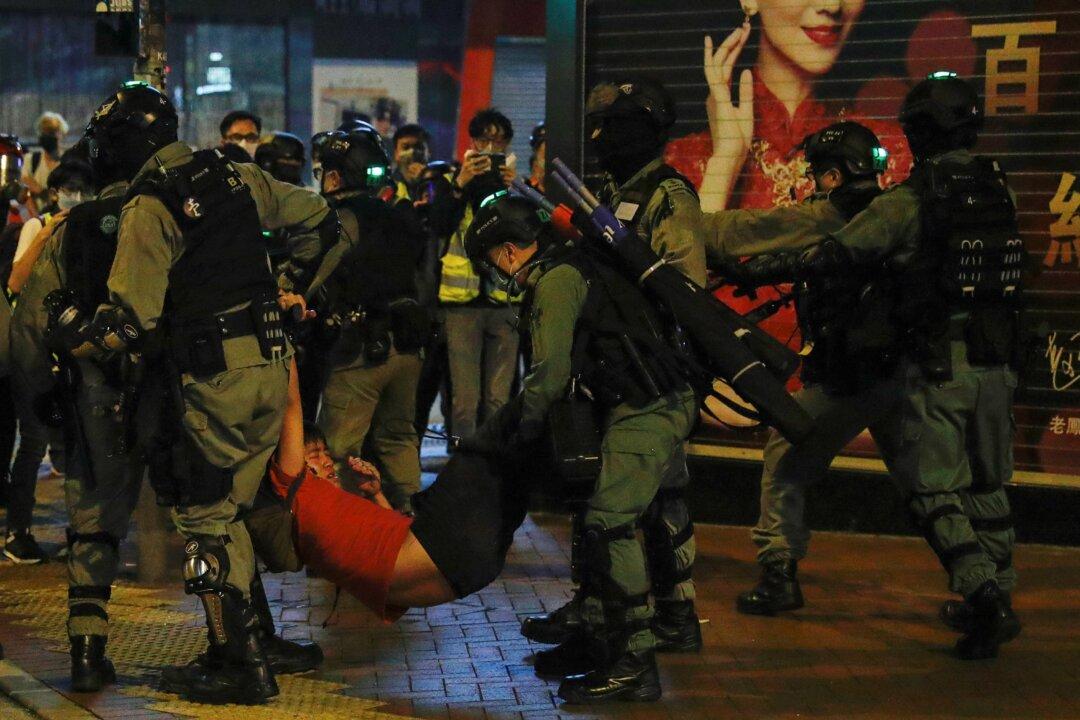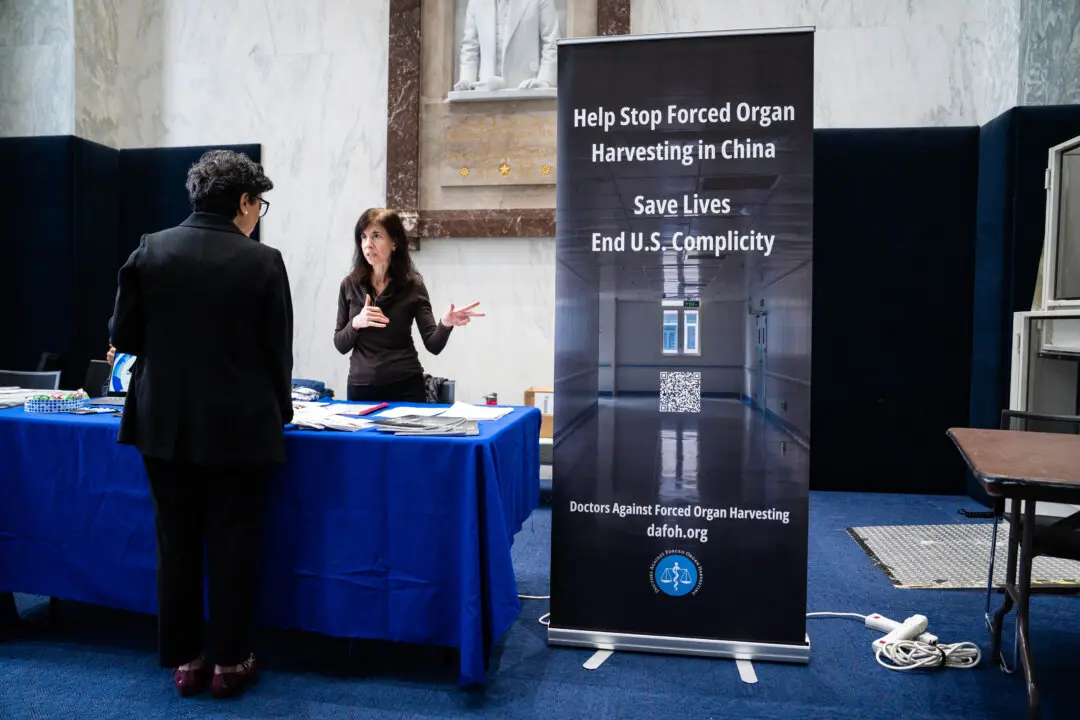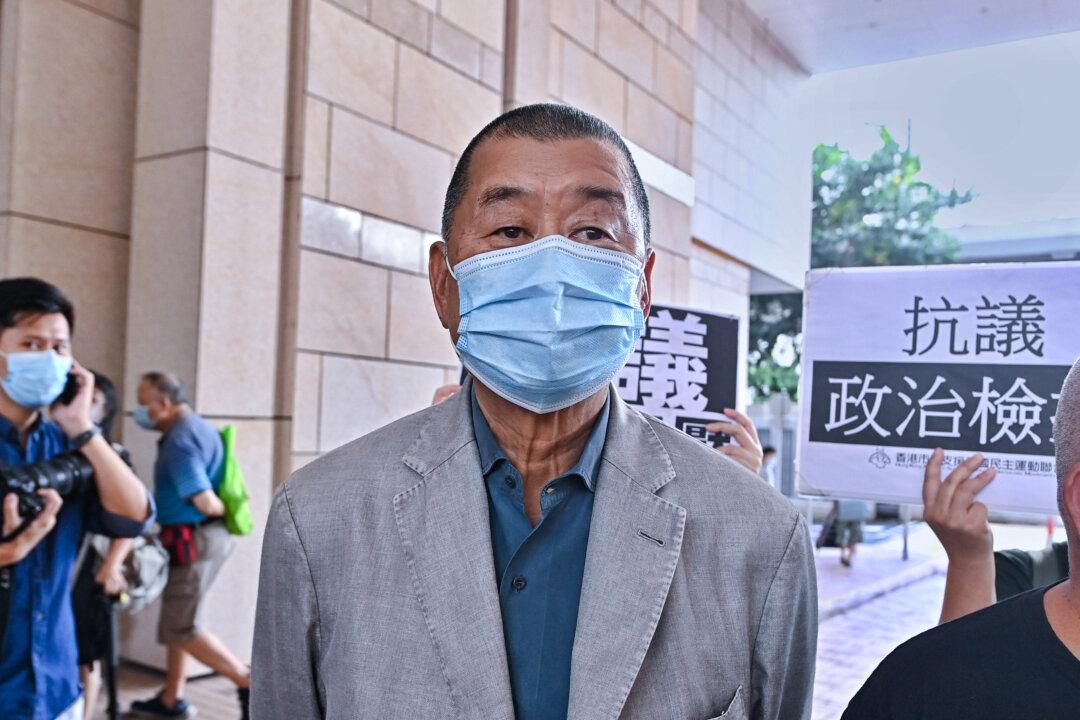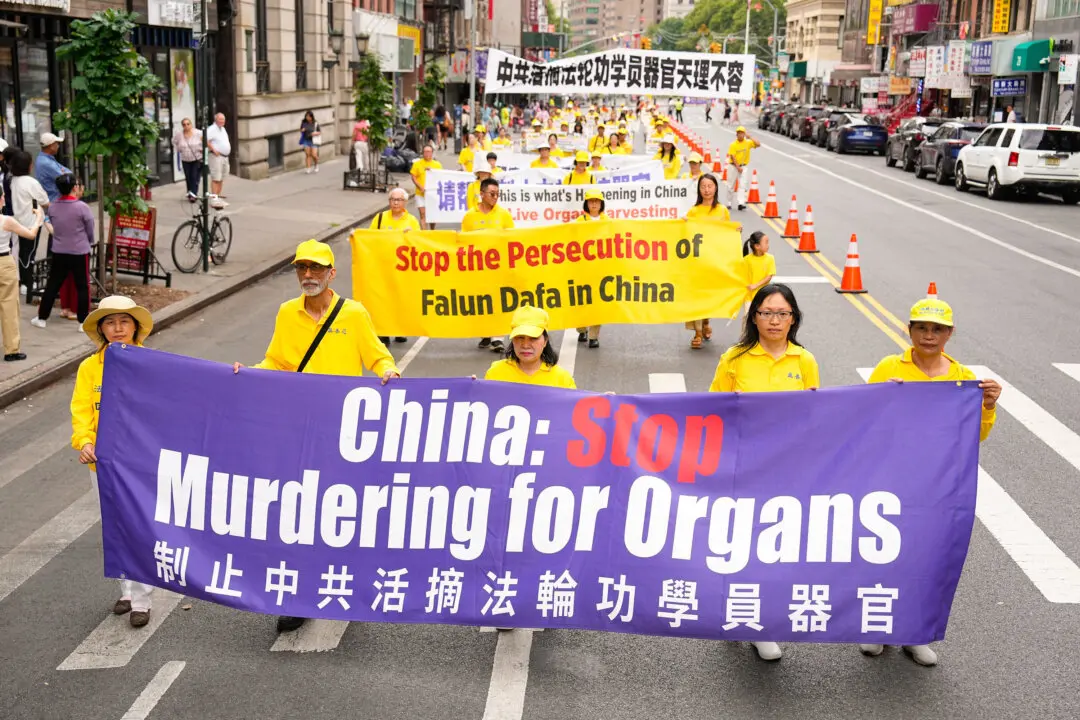Hundreds of protesters took to the streets in Hong Kong on Feb. 29 in a rally to mark six months since local police stormed a subway station in an attempt to arrest demonstrators—one of the most violent days in the pro-democracy movement in 2019.
Dozens of protesters began to gather outside one of the exits of Prince Edward metro station in Mongkok, at around 5 p.m. local time on Feb. 29. They laid down flowers and turned the area into a makeshift memorial.





